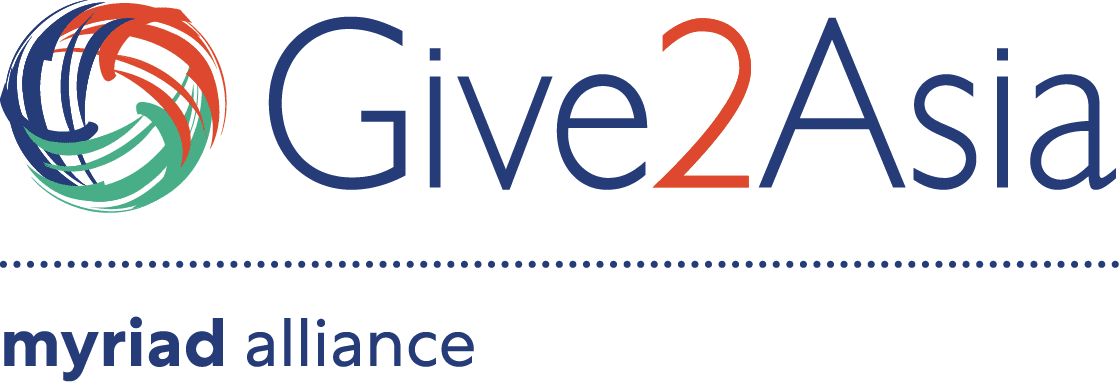Welcoming the season is Qingming Jie a traditional holiday celebrated in China and by the Chinese communities around the world.
With the arrival of spring comes a season of new beginnings and rebirth. The temperature starts to get warmer, flowers start to bloom, and creatures start form their hibernation during the winter. Welcoming the season is Qingming Jie a traditional holiday celebrated in China and by the Chinese communities around the world.
Tomb-Sweeping and Honoring Ancestors
The English translation for Qingming Jie is Tomb-Sweeping Day, which is the most important tradition of the holiday. In the countryside, families visit their ancestral tombs and clear away the fallen leaves, cut growing weeds, and leave offerings such as food or incense. The purpose is to honor our ancestors, showing respect to those who came before us. In larger cities, the rituals are often simplified, but the traditions remain. In places such as Beijing and Shanghai, families instead clear the graves and place fresh flowers down in front of them.
Other traditions include spending time with family on a Taqing. Taqing, translated, means to tread on green, or go for a walk in the spring. While not exclusive to Qingming Jie, Taqing is considered one of the holiday’s customs. Since the falls in early spring every year, families spend time outdoors after tomb sweeping, enjoying each other’s company and welcoming the new season. Another tradition is kite flying. One custom is to write your name on a kite and cut it loose while it was still in the air. An alternative is to light lanterns, letting them fly away through the night. This tradition is thought to bring good luck, as the lanterns carry misfortunes with them into the sky.
Lam Center for Cultural Exchange and Roots Discover
In partnership with the Cangdong Cultural Heritage Conservation and Development Center (CCHCDC) the Guangdong Harmony Community Foundation is undergoing a conservation project to restore the Lam Center for Cultural Exchange and Roots Discovery. The Lam Center is a group of four heritage buildings located in Tangbianli, Pengjiang District, Jiangmen City. Architects from Southern China created the original structure utilizing multiple building techniques and materials from different architects and craftsmen. It is decorated with beautifully rendered wood, stone, brick, and clay, with ceramic carvings and stained glass decorating the hall. It is a work of collaboration, reflecting all the architectural techniques of Southern China.
The Lam Center’s restoration will provide community public welfare and cultural services to the surrounding communities by providing activities such as martial arts and lion dancing lessons. On a macro scale, Guangdong Harmony Community Foundation hopes that by restoring the Lam Center, it will enrich community activities, connect the global Chinese diaspora, and promote Chinese culture.
Learn more about the Lam Center and contribute to this valuable initiative here.




